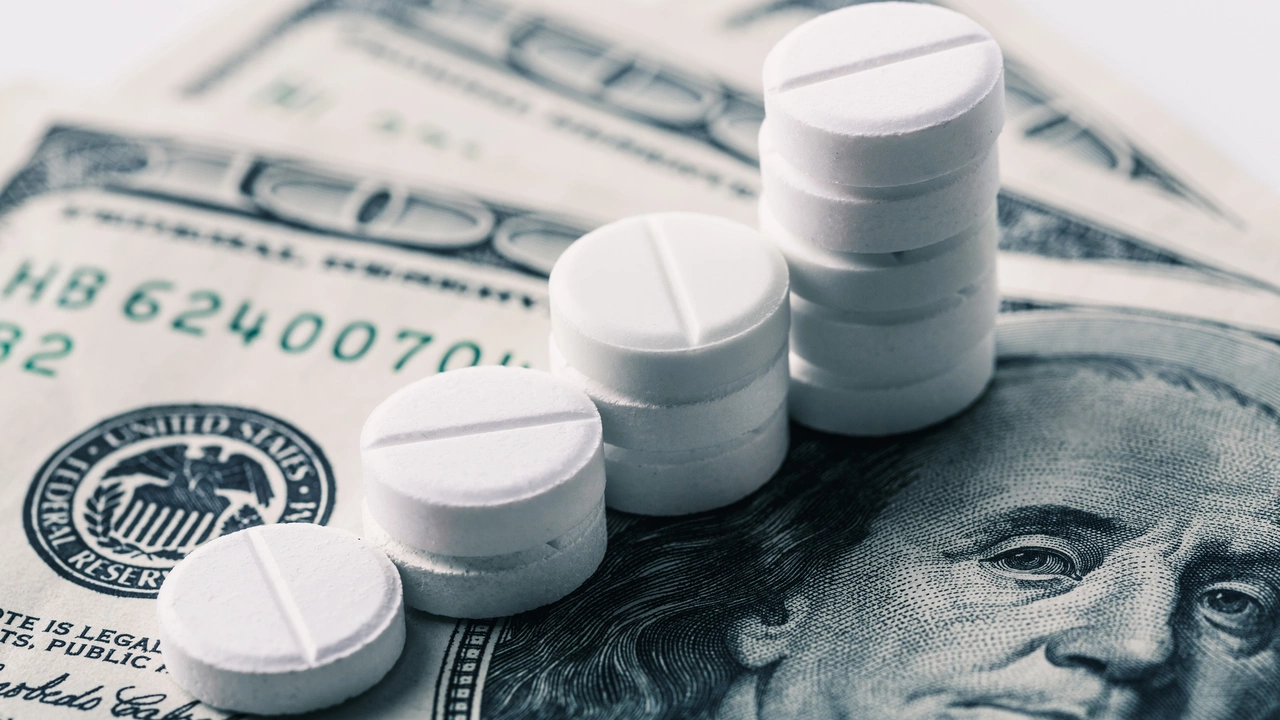Saving Money on Medications: Practical Tips That Work
Did you know the same prescription can cost hundreds of dollars more at one pharmacy than another? If you want to stop overpaying, you need practical moves you can use today. Below are clear, tested strategies to cut drug costs without risking safety.
Quick Wins
Compare prices before you buy. Use price comparison tools and call local pharmacies. Ask for the cash price, sometimes it beats insurance copays. Look for generic versions; generics are chemically the same and often much cheaper.
Ask your doctor for alternatives. Many drugs have effective substitutes. Tell your prescriber that cost matters and ask for a generic or a therapeutic alternative. A simple swap can save you a lot each month.
Use discount programs and coupons. Pharmacy discount cards and manufacturer coupons lower out-of-pocket costs. Check coupon sites and the drug maker’s website. Even large chains offer price-matching or monthly discount days.
Smarter Buying
Buy 90-day supplies for maintenance meds. Longer fills usually reduce the per-dose price and cut shipping or copay frequency. Mail-order pharmacies and big retailers often give better prices for three-month supplies.
Check patient assistance programs. If you’re uninsured or your prescription is expensive, many drug makers run programs to help. Nonprofit groups and community health centers also offer assistance or sliding-scale fees.
Watch for safe online options. Some legitimate online pharmacies can be cheaper, but verify they require a prescription and have a valid license. Avoid sites that sell controlled drugs without a prescription. If you buy from abroad, know customs rules and FDA guidance to stay legal.
Smart timing and shopping habits help. Sync refills so you avoid late fees and emergency fills. Ask about pill splitting if the tablet is scored and dosing allows, this works for some drugs and cuts cost per pill. Always confirm safety with your pharmacist first.
Other tips: Compare insurance tiers and formularies during open enrollment. A plan with higher premiums but a better drug tier may save money if you take many meds. Use pharmacist consultations to check for cheaper therapeutic equivalents and to avoid costly interactions that lead to extra care.
Keep a running list of prices. When you see a better price, note the pharmacy and date. Over time you’ll know where to go for each drug and can switch when savings matter.
Small examples make this real. A 30-day generic statin often runs under $10 at discount retailers while the brand version can cost $60 or more. A 90-day supply of blood pressure meds from mail order can cut monthly cost by a third. Even switching to a different pill strength and splitting tablets with a verified plan can shave costs without changing treatment. Start tracking prices this week now.
Saving money on medications is about small moves that add up: compare, ask, and plan. If you want, browse our tag posts for direct guides on alternatives, online pharmacies, and real-world tips that people use to lower pharmacy bills.
The Cost of Indapamide: How to Save on Your Prescription

Well, folks, you know how it is with prescription meds, they can swing from "I can afford that" to "I need a bank loan for this" real quick. Indapamide, a commonly prescribed diuretic, isn't immune to this price rollercoaster. But fear not! There are ways to trim down the cost, like using patient assistance programs, comparing prices among pharmacies, or even considering generic versions. So, while we can't make Indapamide as cheap as a pack of gum, we can certainly make it less 'Ouch, my wallet'!
